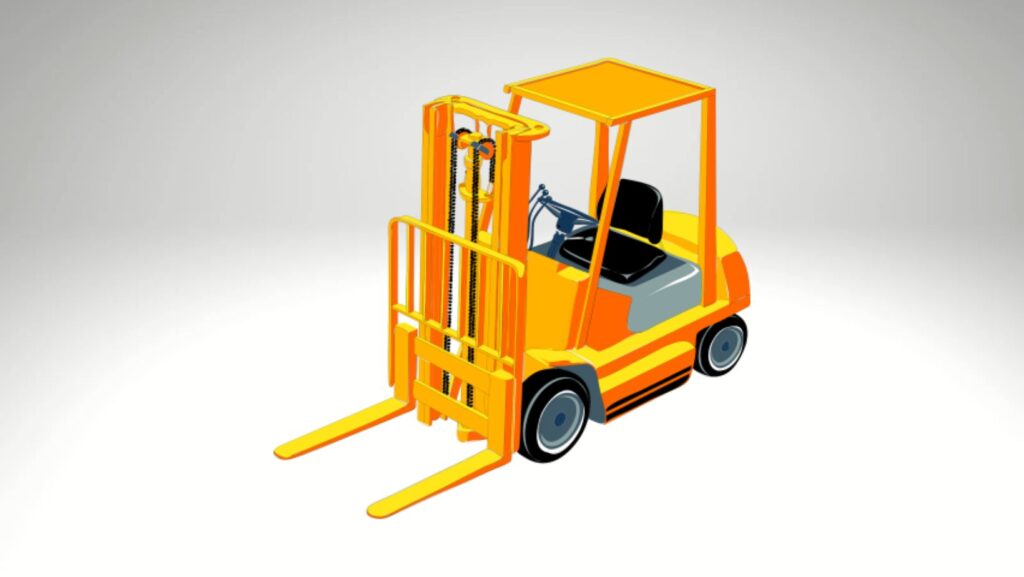Managing heavy loads is a critical aspect of numerous industries, from construction and manufacturing to warehousing and transportation. Ensuring the safety and effectiveness of heavy load management can significantly reduce workplace accidents and improve operational efficiency.
The following guide aims to provide valuable techniques and best practices for handling heavy loads, emphasizing the importance of proper training, the use of appropriate equipment, and adherence to safety regulations. By implementing these strategies, businesses can protect their workforce, streamline their processes, and boost productivity — keep reading!
Use of Appropriate Equipment
The right equipment can make all the difference when it comes to managing heavy loads. From cranes and forklifts to pallet jacks and hoists, having the right tools for the job is a must. If you’re in the market for lifting points, select durable, high-quality equipment that can handle the load capacity and specific requirements of your industry. Some key considerations for heavy-load equipment include:
- Load capacity: Ensure the equipment you select can handle the weight of the loads regularly lifted in your workplace. Exceeding the maximum weight limit can result in accidents and damage to both the equipment and goods.
- Size and dimensions: The size and dimensions of your heavy load equipment should be suitable for your workspace, taking into account any potential obstructions or tight spaces that may hinder movement.

- Special features: Depending on your industry, you may require specialized features such as adjustable height, non-slip surfaces, or remote control operation. Consider these factors when selecting heavy-load equipment to ensure it can effectively meet your needs.
Proper Training and Education
Proper training and education are fundamental to ensuring the safety and effectiveness of heavy load management. Employees should be thoroughly trained in using equipment, recognizing potential hazards, and following safety protocols. Regular training sessions can keep skills sharp and ensure that employees are up-to-date with the latest industry standards and regulations.
Providing detailed manuals, conducting hands-on demonstrations, and promoting a culture of continuous learning can significantly reduce the risk of accidents. Management should also encourage employees to report safety concerns and participate actively in ongoing training programs to foster a safer, more efficient working environment.
Ergonomic Practices
In short, ergonomics focuses on designing workspaces and tasks to fit the natural movements of the human body, thereby minimizing strain and discomfort. Encourage employees to use proper lifting techniques, such as bending at the knees and keeping the back straight, to avoid undue stress on the spine.
Adjustable workstations and supportive footwear can further enhance comfort and safety. Regular breaks and job rotation are also beneficial, as they help prevent overuse injuries by allowing muscles and joints to rest. Adopting these ergonomic principles can lead to a healthier, more productive workforce.
Load Assessment
Before lifting any heavy load, assess the object’s weight and shape and determine the safest way to move it. Factors such as center of gravity, stability, and potential obstacles should be considered before deciding on the appropriate equipment and method for handling the load.
In cases where loads may shift during transport or require additional support, securing straps or braces should be used. Regularly inspecting materials for wear and tear can also prevent accidents caused by damaged or faulty equipment. No matter the size or shape of your load, proper assessment can reduce hazards and ensure a safe work environment.
Team Lifting and Coordination
When a load is too bulky or heavy for a single person to handle safely, team lifting becomes necessary. Prior to lifting, discuss the plan with all participants, designating clear roles and responsibilities. Everyone involved should understand the timing, positioning, and sequence of movements to be performed.

Using verbal cues and maintaining visual contact throughout the process can synchronize actions, preventing mishaps. Make sure that team members are physically capable and follow proper lifting techniques to distribute the load evenly. Providing training on team lifting procedures and practicing these techniques can enhance coordination and reduce the risk of injuries.
Adherence to Safety Regulations
Strict adherence to safety regulations is non-negotiable when handling heavy loads. These regulations are designed to protect workers and ensure a safe working environment. Key aspects of safety regulation compliance include:
- Personal Protective Equipment (PPE): Ensure all employees wear appropriate PPE, such as gloves, steel-toed boots, and high-visibility clothing. PPE helps minimize the risk of injury from falling objects, slips, and other hazards associated with moving heavy loads.
- Routine Inspections: Conduct regular inspections of equipment and workspaces to identify and address any potential safety hazards. This proactive approach can prevent accidents and equipment malfunction, promoting a safer workplace.
- Safety Signage and Communication: Use clear and visible signage to indicate hazardous areas, load capacities, and safety protocols. Effective communication through meetings, briefings, and written materials reinforces the importance of following safety guidelines.
Effective heavy load management requires a comprehensive approach that integrates the use of appropriate equipment, proper training, ergonomic practices, thorough load assessment, team coordination, and strict adherence to safety regulations. By prioritizing these elements, businesses can significantly reduce the risk of workplace accidents, enhance operational efficiency, and ensure the well-being of their workforce. Continuously evaluating and improving these practices will foster a safer and more productive environment, ultimately resulting in long-term success.



